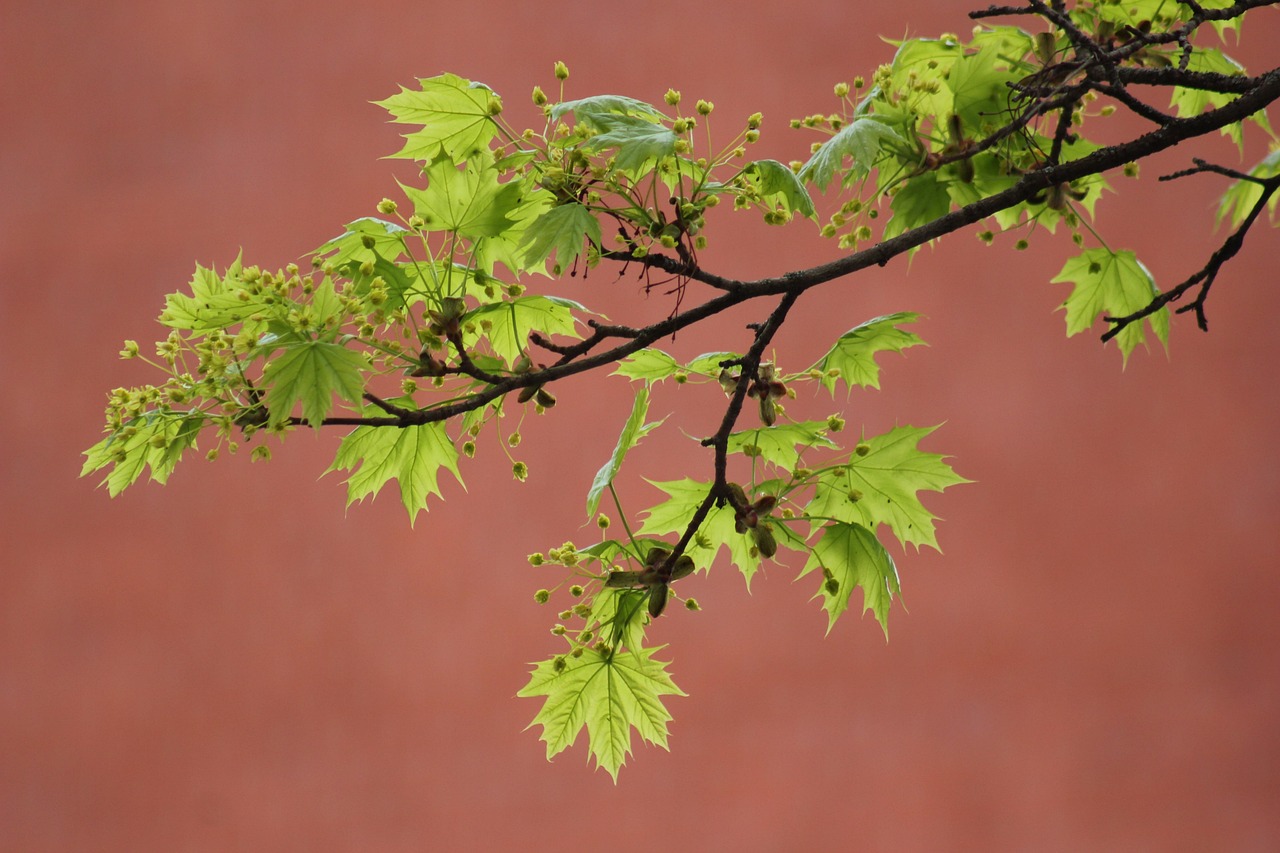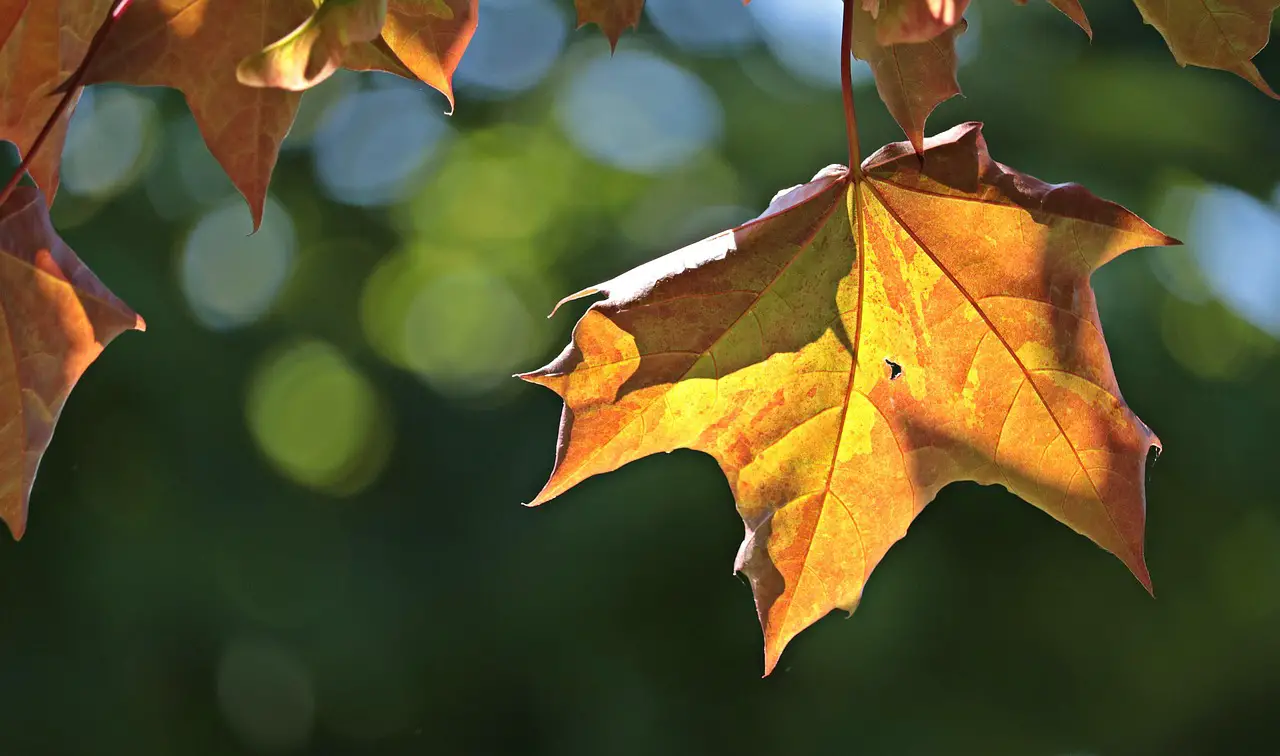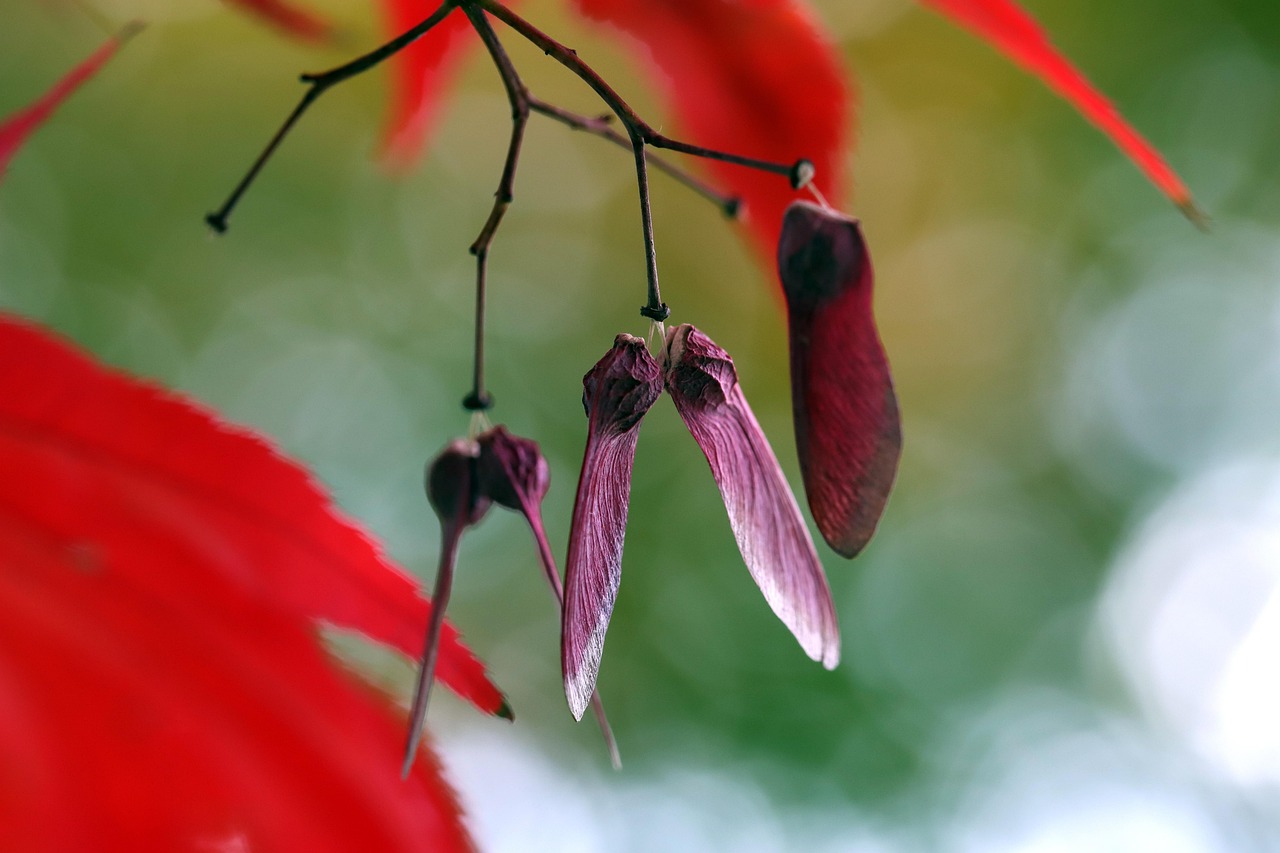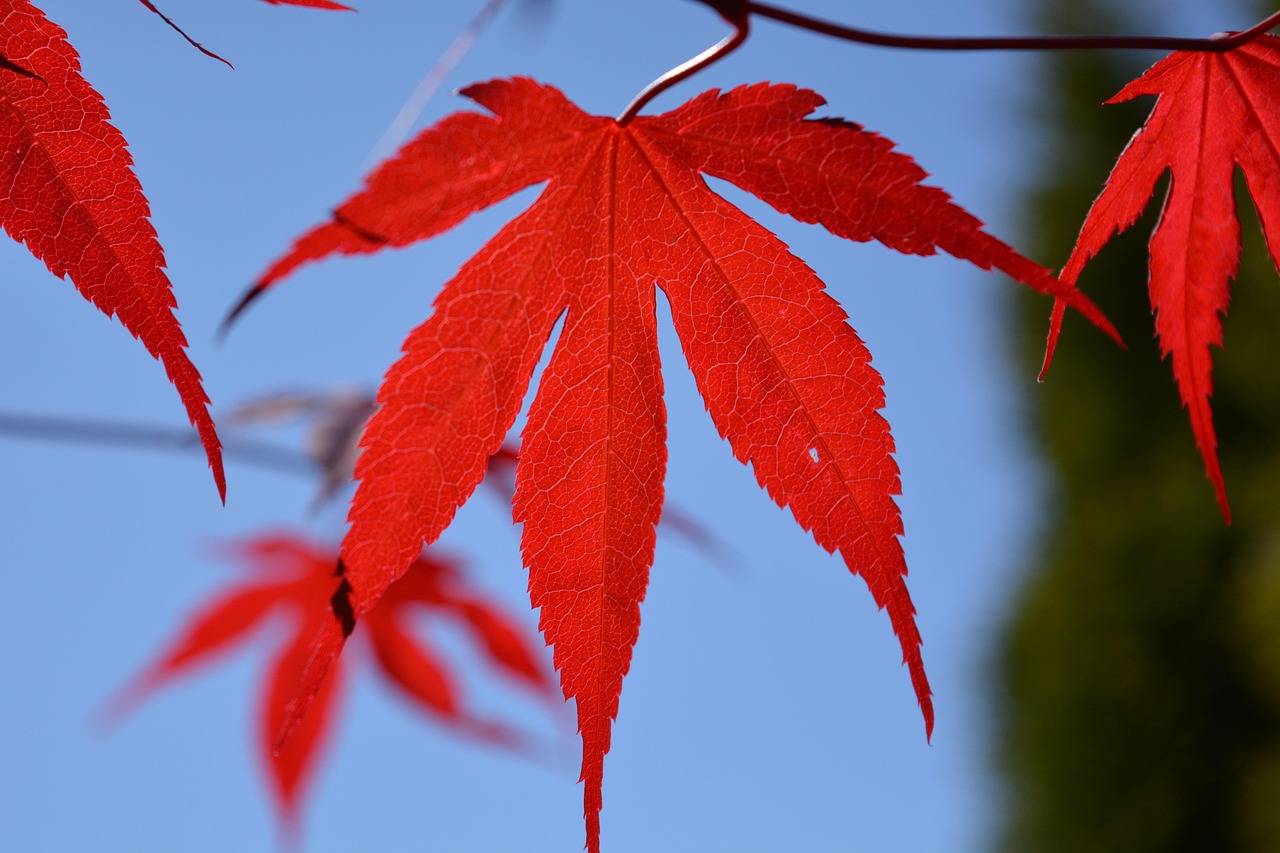The Norway Maple tree (Acer platanoides) is known for its rapid growth rate, typically achieving 2 to 3 feet of growth per year. This makes it an ideal choice for urban environments, where quick shade and aesthetic appeal are desired.
Norway Maples are popular among landscape architects and urban planners because of their adaptability to various soil types and urban conditions. Native to Europe and parts of Asia, these trees have been widely introduced in North America. Their ability to thrive in urban settings makes them a favored choice for city landscapes.

In urban environments, trees face various stress factors such as pollution, compacted soils, and limited space. The Norway Maple has demonstrated resilience to many of these challenges. Its robust nature allows it to grow well in less-than-ideal conditions, which is crucial for urban forestry.
Growth Characteristics of Norway Maple
The growth rate of a Norway Maple can be influenced by several factors, including soil quality, water availability, and environmental conditions. Below are some key characteristics that contribute to its growth:
- Height: Norway Maples can reach heights of 40 to 60 feet.
- Spread: The canopy spread can range from 30 to 50 feet, providing ample shade.
- Growth Rate: Generally, these trees grow 2 to 3 feet annually.
- Lifespan: They can live for 30 to 50 years under optimal conditions.
The Norway Maple’s growth is particularly favorable in urban areas due to its tolerance of poor soil conditions. Unlike some native species, which may require specific soil types, the Norway Maple can thrive in compacted and disturbed soils commonly found in cities.

Factors Affecting Growth Rate
Several environmental factors affect the growth rate of Norway Maples in urban settings. Understanding these factors can help in planning and maintaining healthy trees.
| Factor | Effect on Growth |
|---|---|
| Soil Quality | Poor soil can limit nutrient availability, affecting overall health and growth rates. |
| Water Availability | Consistent watering promotes faster growth; drought conditions can stunt development. |
| Pollution Levels | High pollution can stress trees but Norway Maples show a degree of tolerance. |
| Space Constraints | Limited space can restrict root development, impacting tree stability and growth. |
The adaptability of Norway Maples makes them a resilient choice in urban forestry. They can endure a range of conditions while still maintaining a relatively fast growth rate. This is particularly significant in cities that seek to increase green spaces quickly.
Benefits of Norway Maples in Urban Areas
Choosing Norway Maples for urban landscaping offers several advantages:

- Aesthetic Appeal: Their lush foliage provides beauty throughout the seasons.
- Shade Production: They offer significant shade, which helps reduce heat in urban areas.
- Erosion Control: Their extensive root systems help stabilize soil and prevent erosion.
- Biodiversity Support: They provide habitat for various bird species and insects.
The combination of rapid growth and urban tolerance makes Norway Maples an essential component of green spaces in cities. When properly maintained, they contribute positively to the urban environment, enhancing both visual appeal and ecological health.
In conclusion, the Norway Maple tree’s ability to thrive in urban conditions while growing rapidly makes it an excellent choice for city landscaping. Its numerous benefits contribute to healthier urban ecosystems, making it a valuable addition to urban forestry initiatives.
Maintenance Requirements for Norway Maples
While Norway Maples are well-suited for urban environments, they still require proper maintenance to thrive. Understanding their needs helps ensure that these trees reach their full potential. Below are key aspects of maintaining Norway Maples in urban settings.
Watering Needs
Watering is crucial, especially during the first few years after planting. Norway Maples prefer moist soil but can tolerate drought once established. Here are some guidelines:

- Initial Establishment: Water deeply once a week during dry spells.
- Mulching: Apply a layer of mulch to retain moisture and regulate soil temperature.
- Drainage: Ensure good drainage to prevent root rot, particularly in heavy clay soils.
Pruning Practices
Regular pruning enhances the health and structure of Norway Maples. It encourages a strong framework and reduces the risk of disease. Key points for effective pruning include:
- Timing: Prune in late winter or early spring before new growth begins.
- Technique: Remove dead or diseased branches and thin out crowded areas to improve air circulation.
- Shape: Aim for a balanced canopy to promote even growth and sunlight penetration.
Pest and Disease Management
Norway Maples are generally resistant to many pests and diseases, but they can still be affected. Regular inspections can help catch issues early. Common problems include:
- Aphids: These small insects can cause leaf curling and honeydew secretion.
- Scale Insects: They may appear as small bumps on branches and can weaken the tree.
- Leaf Spot: Fungal infections can lead to unsightly spots on leaves but are rarely fatal.
Soil Requirements and Fertilization
The soil quality directly impacts the growth rate and health of Norway Maples. These trees are adaptable, but certain soil conditions enhance their performance:
- Soil Type: They thrive in loamy or sandy soils but can tolerate clay when drainage is adequate.
- Soil pH: A slightly acidic to neutral pH (6.0 to 7.0) is ideal for optimal nutrient uptake.
- Nutrient Needs: Fertilize in early spring with a balanced fertilizer to boost growth, especially for young trees.
Urban Challenges Faced by Norway Maples
While these trees are hardy, urban environments present unique challenges that can affect their growth and health. Understanding these challenges can help in mitigating their impact.
| Challenge | Description |
|---|---|
| Soil Compaction | This affects root development and water infiltration, leading to stress on the tree. |
| Pavement Damage | Roots can lift sidewalks or roads, causing infrastructure problems while seeking moisture. |
| Air Pollution | Pollutants can hinder photosynthesis and contribute to overall tree stress. |
| Drought Conditions | Lack of water during critical growth periods can stunt growth and affect health. |
Addressing these challenges through proper planning and care can significantly enhance the viability of Norway Maples in urban landscapes. The right strategies ensure that these trees not only survive but thrive in their environments.
Choosing Norway Maple for Urban Landscaping
Selecting the right tree for urban landscaping involves considering various factors, including aesthetics, compatibility with existing vegetation, and maintenance requirements. Norway Maple stands out for several reasons:
- Rapid Growth: Provides quick shade and visual impact.
- Drought Tolerance: Once established, it requires less attention compared to other species.
- Versatility: Can be planted in various settings, from parks to residential areas.
The combination of these traits makes Norway Maple an attractive option for enhancing urban green spaces. As cities continue to grow and evolve, incorporating such resilient species becomes increasingly important for sustainability and livability.
Environmental Benefits of Norway Maple Trees
The Norway Maple tree offers numerous environmental benefits that contribute to healthier urban ecosystems. Understanding these advantages can help promote their use in city planning and landscaping.
Air Quality Improvement
One of the most significant benefits of planting Norway Maples is their role in improving air quality. Trees absorb carbon dioxide and release oxygen, helping to mitigate the effects of urban pollution. Key points include:
- Carbon Sequestration: Norway Maples effectively capture carbon, reducing greenhouse gases in the atmosphere.
- Oxygen Production: A mature tree can produce enough oxygen for two human beings annually.
- Pollutant Absorption: Their leaves can trap dust, smoke, and other harmful particles, improving overall air quality.
Urban Heat Island Mitigation
Urban areas often experience higher temperatures due to human activities and infrastructure. Norway Maples help combat this phenomenon known as the “urban heat island” effect:
- Shade Provision: Their broad canopy provides shade, reducing surface temperatures in the immediate vicinity.
- Cooling Effect: Through transpiration, trees release moisture into the air, which helps cool down surrounding areas.
- Energy Savings: By lowering temperatures, they can reduce energy consumption for cooling buildings.
Wildlife Habitat Support
Norway Maples contribute to urban biodiversity by providing habitats for various wildlife species. This is crucial in cities where green spaces are often limited.
Bird Habitats
The dense foliage of Norway Maples offers shelter and nesting sites for numerous bird species. Some notable points include:
- Nesting Sites: The tree’s branches create safe locations for birds to build their nests.
- Feeding Opportunities: Many birds feed on insects found on the leaves and branches.
- Migration Stopovers: These trees provide crucial resting spots for migratory birds during their journeys.
Insect Support
Norway Maples also play a role in supporting various insect populations, which are essential for a balanced ecosystem. Important aspects include:
- Pollen and Nectar Sources: They attract pollinators such as bees and butterflies, contributing to plant reproduction.
- Habitat for Beneficial Insects: The tree provides a habitat for insects that control pest populations, promoting biodiversity.
Challenges and Considerations in Urban Settings
Despite their many benefits, there are some challenges associated with growing Norway Maples in urban environments. Awareness of these issues can guide better management practices.
Invasive Potential
Norway Maples have been classified as invasive in some regions due to their ability to outcompete native species. Considerations include:
- Seed Dispersal: Their seeds can spread quickly, leading to dense colonies that displace native flora.
- Management Strategies: Regular monitoring and management practices may be necessary to prevent invasiveness.
Root System Concerns
The root system of Norway Maples can pose challenges in urban settings, especially concerning pavement and underground utilities:
- Pavement Uplifting: As roots grow, they may lift sidewalks or damage roads, creating potential hazards.
- Utility Interference: Roots can interfere with underground utilities, complicating maintenance efforts.
Cultural Significance and Aesthetic Appeal
Beyond their ecological benefits, Norway Maples hold cultural significance in many communities. Their aesthetic appeal makes them a popular choice for landscaping.
Seasonal Beauty
The Norway Maple is appreciated for its vibrant seasonal changes, which enhance urban landscapes throughout the year:
- Spring Foliage: Fresh green leaves emerge in spring, providing a lush appearance.
- Autumn Colors: In fall, the leaves turn a brilliant yellow to orange hue, adding visual interest to urban areas.
Cultural Recognition
These trees often find their place in parks and public spaces, reflecting community pride and enhancing property values. Notable points include:
- Landmark Trees: Mature Norway Maples can become local icons within neighborhoods.
- Civic Events: Trees often serve as backdrops for community gatherings and celebrations.
The combination of environmental benefits, challenges, and cultural significance makes the Norway Maple an intriguing choice for urban landscaping. Understanding these aspects contributes to informed decision-making regarding their use in city planning and community development.
Future Considerations for Norway Maple in Urban Environments
As cities continue to expand and adapt to changing environmental conditions, the role of Norway Maples becomes increasingly important. Future considerations for their management and planting can ensure that these trees remain beneficial to urban ecosystems.
Climate Resilience
With climate change impacting weather patterns, the resilience of Norway Maples to temperature fluctuations and extreme weather events is vital. Key factors include:
- Heat Tolerance: Norway Maples can withstand higher temperatures, making them suitable for warmer urban areas.
- Adaptability: Their ability to thrive in various soil types allows for planting in diverse urban conditions.
Community Engagement
Engaging local communities in the care and appreciation of Norway Maples can enhance their value in urban settings. Strategies for community involvement include:
- Education Programs: Organizing workshops about the benefits of trees can foster appreciation and understanding.
- Volunteer Opportunities: Creating tree care days encourages community participation in maintaining urban forests.
Sustainable Practices
Implementing sustainable practices in planting and maintaining Norway Maples can enhance their longevity and ecological benefits. Considerations include:
- Native Plant Integration: Pairing Norway Maples with native species can create balanced ecosystems and reduce competition.
- Organic Maintenance: Using organic fertilizers and pest control methods promotes healthier trees and soil.
Final Thoughts
The Norway Maple tree stands out as a resilient and beneficial species for urban landscapes. Its rapid growth rate, tolerance to various environmental stresses, and contributions to air quality make it an invaluable asset for city planners and residents alike. The tree’s ability to support wildlife while providing aesthetic beauty enhances urban green spaces significantly.
While challenges such as invasiveness and root management exist, proper planning and community involvement can mitigate these issues. Through sustainable practices and community engagement, the positive impact of Norway Maples can be maximized. As cities evolve, embracing the Norway Maple in urban forestry initiatives will be crucial for creating healthier, more sustainable living environments.
In conclusion, the Norway Maple is more than just a tree; it represents a commitment to enhancing urban ecosystems. By understanding its growth rate, maintenance needs, and environmental benefits, communities can make informed decisions that foster greener cities for future generations. As we continue to navigate the complexities of urban living, trees like the Norway Maple will play a pivotal role in shaping resilient landscapes that benefit both people and nature.
